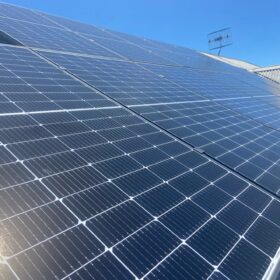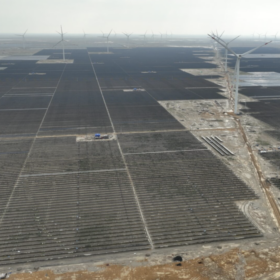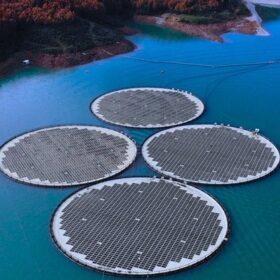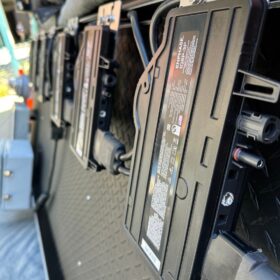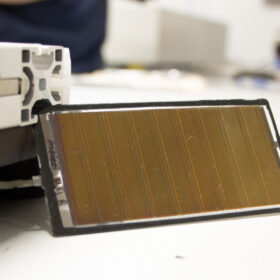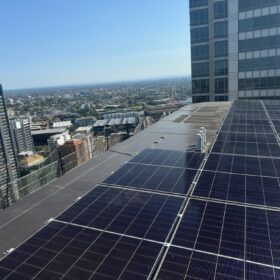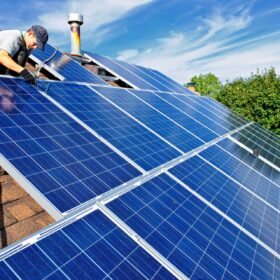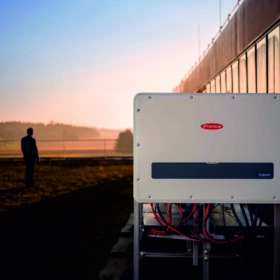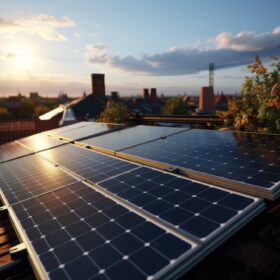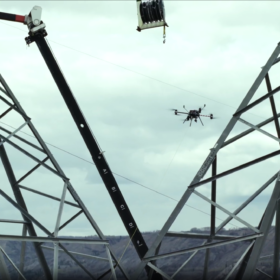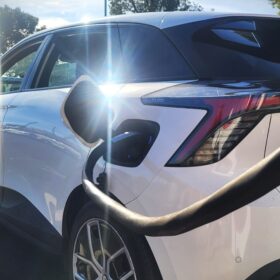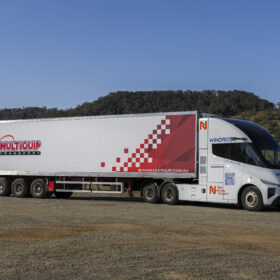Rooftop solar install rates deliver near-record January
The latest monthly data from industry analyst SunWiz shows that about 234 MW of new rooftop solar was registered across Australia in the first month of 2025, a 6% increase on the same time last year.
India hits 100 GW solar milestone
India has hit 100.33 GW of cumulative installed solar capacity, crossing a critical threshold as it moves toward its 2030 goal of 500 GW of non-fossil energy.
International partners plan floating solar for Australia
Singapore-headquartered Canopy Power has teamed with Norwegian floating PV specialist Ocean Sun aiming to accelerate the deployment of floating solar technology across Australia’s water bodies.
Enphase posts 42% revenue decline in 2024
Solar inverter maker Enphase Energy says full-year revenue fell 42% as the residential solar market slumped, but margins improved and United States manufacturing expanded significantly.
Canadian miner acquires European arm of Halocell
Canadian silica mining company Homerun Resources has acquired Halocell Europe, a subsidiary of Australian perovskite solar cell manufacturer Halocell Energy, for the commercialisation of perovskite solar.
SUMEC Helios rooftop solar system powers Sydney highrise
The New South Wales government’s Department of Climate Change, Energy, the Environment and Water will soon move into an Sydney CBD newest and all electric highrise, which features 28 SUMEC Helios rooftop solar modules.
Pressurised water cleaning can improve solar generation efficiency by 10%
Researchers in China have investigated the dust-scaling process and various water-based cleaning methods to optimise maintenance strategies for enhanced safety and efficiency in solar systems.
Future energy systems must compensate rooftop solar generation fairly
The most important energy cost is not what a corporation pays to produce or generate it, but what a consumer pays to buy it. That’s why the delivered cost of rooftop solar and batteries – and the other benefits these technologies provide to the system – need to be factored in when making investment decisions.
Fronius presents new inverters for C&I projects
The Austrian manufacturer said its new Argeno inverter features an efficiency of 99.1%, a European efficiency of 98.7%, and a rated AC power output of 125 kW.
Planets align for Australia’s first live DER integration into wholesale markets
Manager of Western Australia’s South West Interconnected System Western Power has been allocated $20.8 million from the Australian Renewable Energy Agency for its Project Jupiter, which for the first time in Australia will integrate a live distributed energy resources marketplace with wholesale markets.
